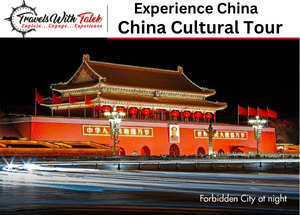Unique experience in Japan can be found virtually anywhere in this land of the rising sun. From the beautiful scenery of a delicate Japanese garden or Mount Fuji to the bustling city center of major cities, Japan offers truly unique experiences.
Travel and experiences in Japan have a reputation for being very expensive. Not so! Like anywhere else, it depends.
You can stroll ancient temples, grab the best food at convenience stores, wander narrow streets and small towns without spending a whole lot.
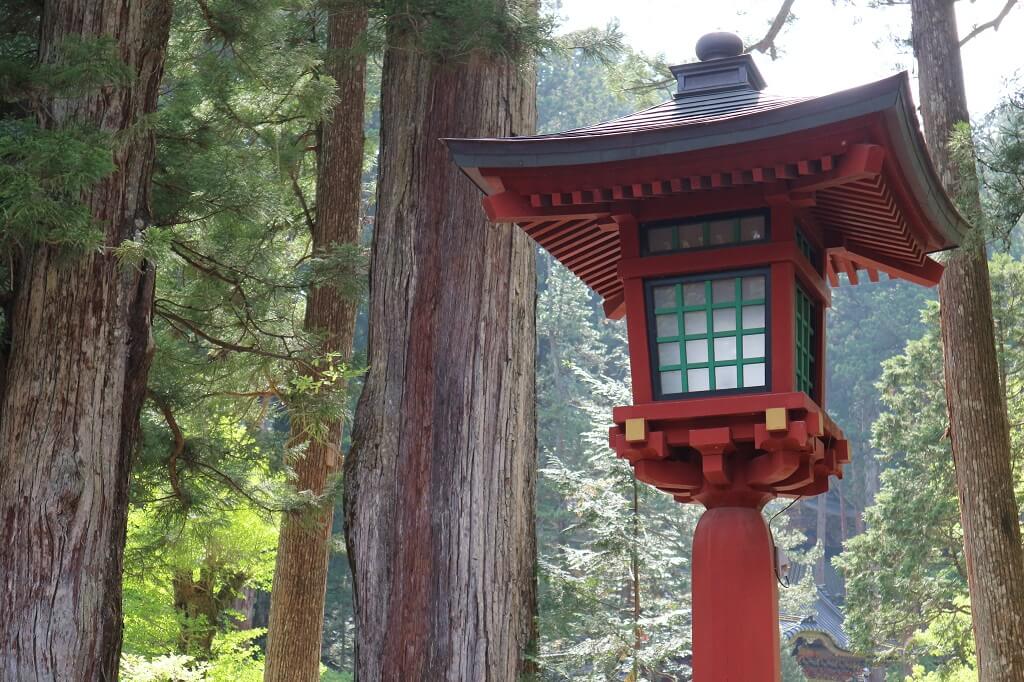
If you’re thinking about a trip to Japan and want to immerse yourself in unique Japanese cultural experiences without going broke in the process, read on.
Table of Contents
ToggleExperience the cherry blossoms
The best time to visit Japan to witness natural beauty is late March and early April. That’s when the cherry blossom trees are in full bloom.
At this time of the year the many beautiful gardens and just about any national park are the best popular tourist destinations to see the blooming cherry blossoms. This is ideal for nature lovers and one of the classic experiences in Japan.
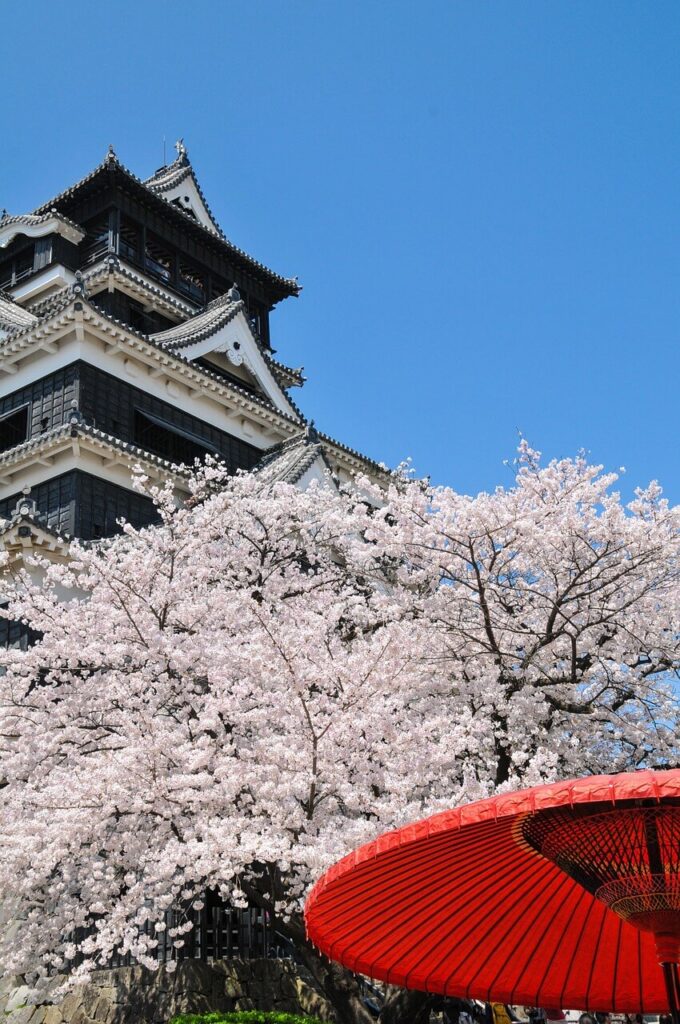
Tour the Tsukiji Fish Market
Once upon a time, visiting the Tsukiji Fish Market in Tokyo was one of the must-have experiences in Japan. The market was one of the busiest and the largest fish markets in the world.
Alas!, the property became too expensive to maintain in Tokyo and the inner market along with the famous tuna auction closed in late 2018 to reopen in Toyosu, about 2 km east of Tsukiji in early 2019.
The new Toyosu Fish Market is even bigger than the original Tsukiji so it retains its title as the world’s largest fish market and is still an incredible Japan landmark.
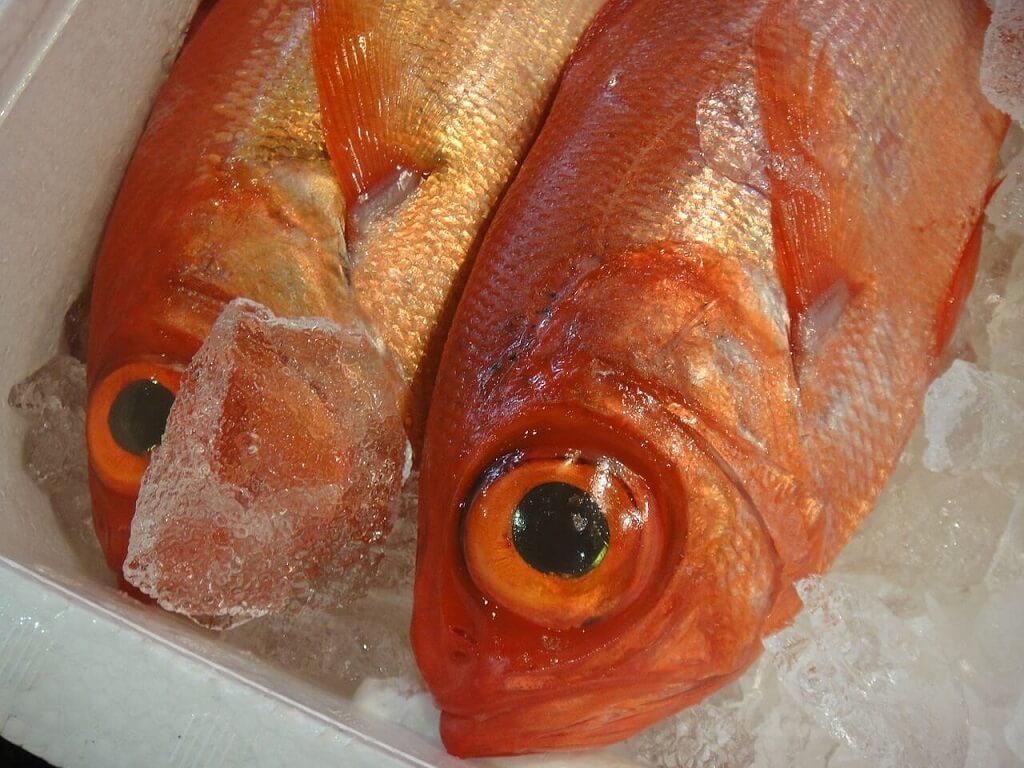
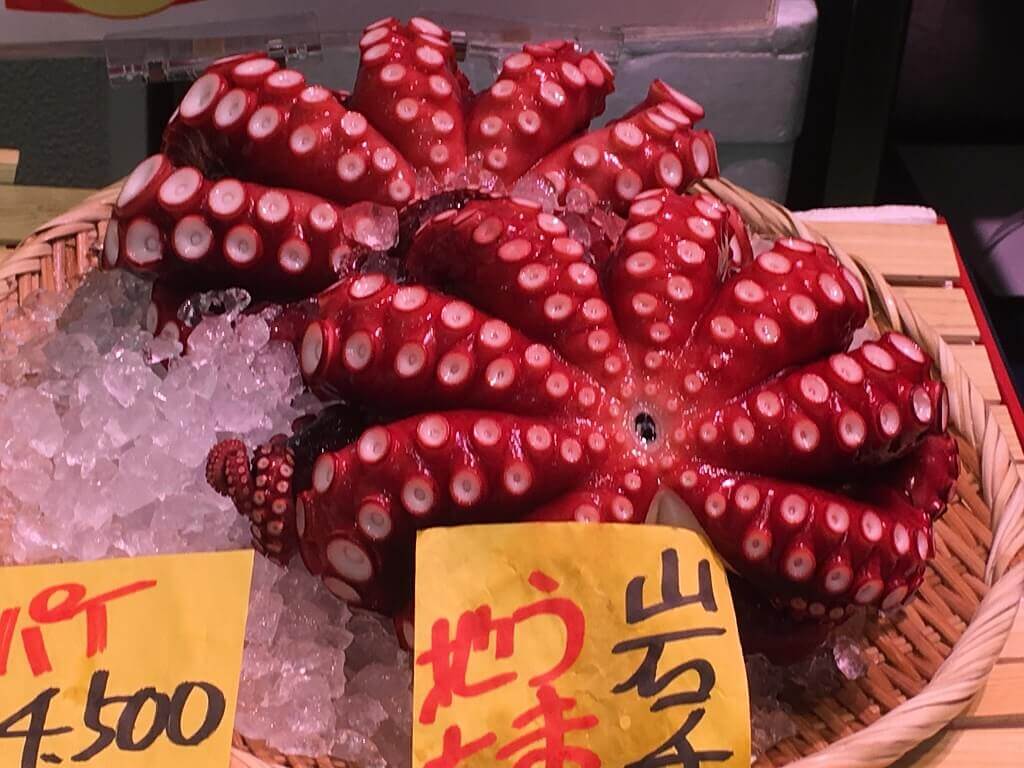
The outer market in Tsukiji with its many restaurants, shops and a small wholesale remains open and it is still a unique Japanese experience.
A local guide will ensure you get exposure to the most interesting aspects and history of the market. You will also get ample samples of the freshest seafood available.
Tokyo accommodations don’t have to be expensive. You can find them in all price ranges and categories.
Socialize with felines at a Cat Café
One of the most fun and unique experiences in Japan is to visit a cat cafe. Cat cafes are places where they serve refreshments and have several cats – usually exotic breeds – wandering around doing what cats do, i.e. ignoring you.
If you are a cat lover like me, you may want to visit at least once to be ignored by some truly beautiful creatures.
Cat cafes were invented in Asia around the late 1990s and spread throughout the world from there. In recent years they have become even more popular.
The cafes charge in increments of time with a minimum of 10 minutes for about 300 Yen. Mandatory drinks are extra. You can play with and pet the cats but not pick them up or chase them.
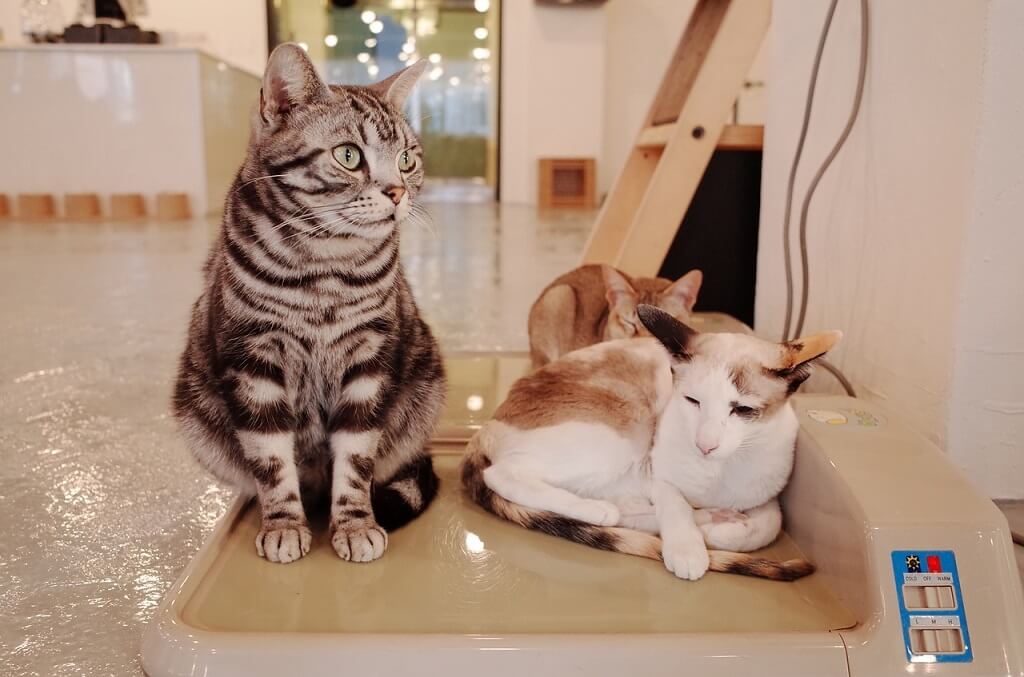
Some cafes promote specific cats in their windows as if they were celebrities with their own following, as in “Now appearing, Bubbles!” and there is a photo of Bubbles, a long-hair Angora, looking haughty and imperious, or “Come inside and meet Fluffy!”
Lately, these cafes have branched out in the animal kingdom. You can now visit owl cafés and even goat cafes. So basically, these are little petting zoos for a specific type of animal, in locations where they serve coffee.
They are pretty much all over the country – they tend to be around tourist areas – so you won’t have trouble finding one.
Japan is the most interesting place for me. Japanese culture fascinates me; the dress, the manners, the food and the traditions. It is the travel experience that has moved me the most.
Savor the Street Food
Some of the best experiences in Japan involve culinary delights.
Japan is “street food central.” The food markets may not be as cheap or wonderfully chaotic as in Southeast Asia, but the food is just as delicious. You will find snacks unique to Japan such as chilled, salted cucumber-on-a-stick and tasty tidbits unique to the individual regions.
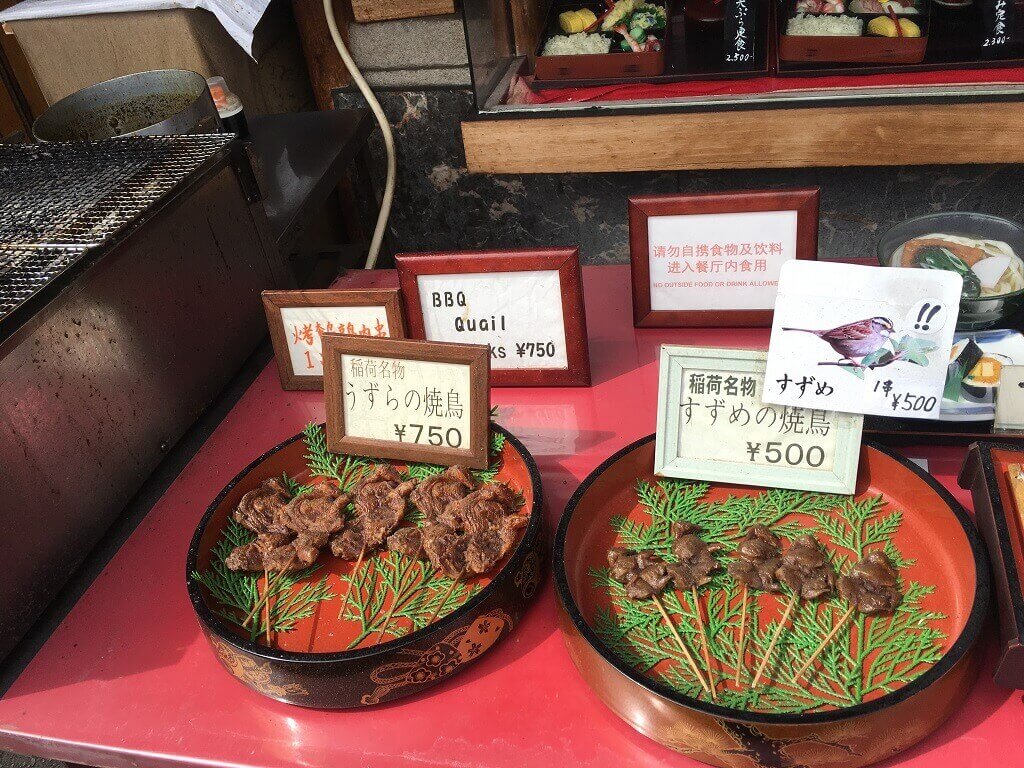
A couple of selections are more than enough for a light meal and one of the top culinary Japan experiences.
Experience an Authentic Ryokan Onsen, a unique Japanese experience
A ryokan is a Japanese style inn found only in Japan. A visit there is on the Japan bucket list of many visitors.
It has a tradition of over 1000 years and are frequently run by family members. These guest houses offer typical Japanese features like washitsu, (tatami-matted rooms) the comfortable, cotton robes known as yukatas and the amazing meals prepared with natural, locally sourced ingredients.
All ryokan have hot public baths. The ryokan that feature “onsen” have natural thermal baths fed from underwater natural hot springs while the standard ryokan provides regular hot tubs.
Some ryokans have private onsens, which may even be inside guestrooms. Imagine that!
Due to Japan’s unique volcano-laden topography, there are over 20,000 onsen in Japan. Most ryokan offer classic Japanese dinner and breakfast.
An onsen ryokan (spa) experience in Japan is an opportunity to take a deep dive into an ancient cultural tradition and have one of the really unique experiences in Japan.
Communal bathing in Japan has an age-old tradition. Before there were bathing facilities in homes, people went to a local public bath house to soak away the days dirt and stress.
The public baths remained even after private indoor baths became the norm. Over time they evolved transforming a Japanese public bath into the onsen spa experience we know today.
Along with this evolution came a set of onsen rules and etiquette governing the “how to onsen” experience. Visit a Japanese onsen ryokan today and you’ll become familiar with the very specific set of onsen etiquette required for enjoying your stay there.
Not only do you not want to look clueless as you go about the ryokan, but you also want to maximize your visit.
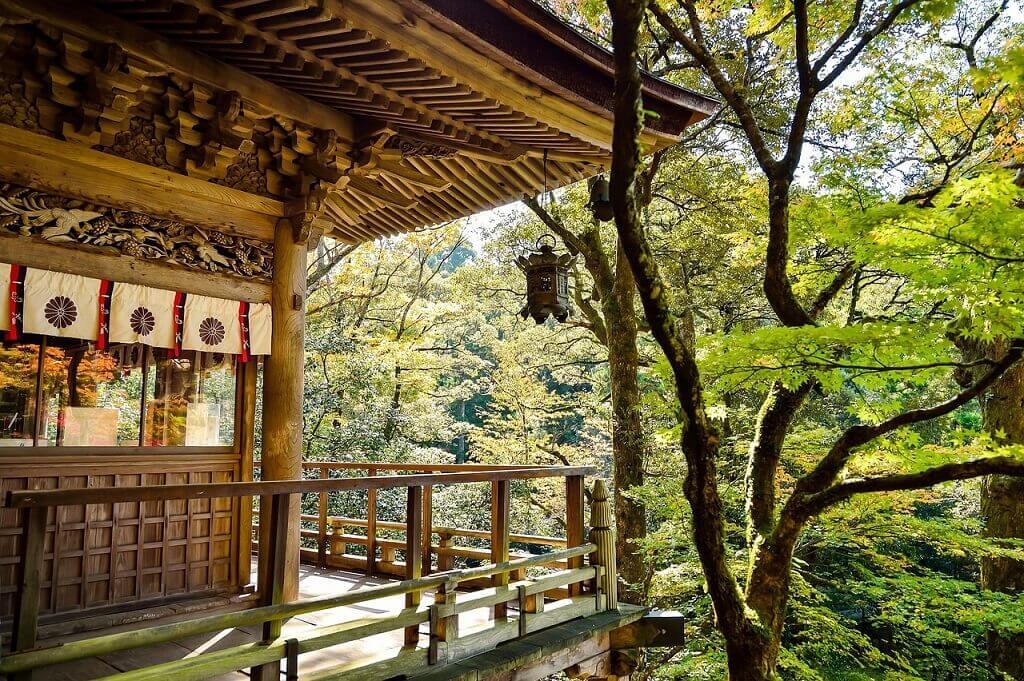
How to experience a Japanese ryokan
Follow these onsen rules to make sure you do yourself proud when visiting an onsen ryokan and enjoy one of the best experiences in Japan.
Always take off your shoes before entering. Wearing your shoes is not an option, nor is it OK to wear shoes only sometimes or in certain parts of the ryokan. Upon entering the ryokan remove your shoes and put on the provided slippers.
Go to your room with your slippers, but remove them when you enter your room. In your room, you can be barefoot or in your stocking feet.
Don’t be surprised if your pillow looks and feels like a mini bean bag. They’re supposed to be that way. Pillows will generally be harder than what you are used to in the West. Don’t ask for different or fluffier pillows. Just roll with it.
Understand that the sleeping arrangements are on the floor. You will be provided with very comfortable futons which are laid out on the tatami mats at night and stored away during the day. Don’t ask for the “western room.”
The whole point of an onsen ryokan is to have one of the classic experiences in Japan.
Wear your yukata or Japanese robe which will be provided. These are comfortable and beautiful cotton kimono robes. You are free to wear them at all times in the ryokan although is not mandatory.
You can wear your western clothes too, just don’t wear both at once, like your yukata as a top accompanied by pants. I mean, you CAN, but you’ll look silly and attract unwanted stares.
I think that the Japanese culture is one of the very few cultures left that is its own entity. They’re just so traditional and so specific in their ways. It’s kind of untouched, it’s not Westernized.
A highlight of a ryokan experience is the meal. A multi-course Japanese style haute cuisine dinner is called a kaiseki ryori and can involve as many as 20 dishes. The ingredients are seasonal, locally sourced and always fresh.
Cooking methods and preparation will take hours. The different dishes must be presented in a certain way and served at precise temperatures for optimal visual appeal and taste. The presentation is exquisite. Like they say, the Japanese eat with their eyes.
For this reason, the ryokan asks that guests arrive for dinner at very specific times and many will ask payment upfront. If you are late for the meal or miss it, they can’t really pack it into plastic containers for later use. It’s pretty much ruined.
Generally, the ryokan will provide both breakfast and dinner with both meals involving all the multi-course, elaborate drama. These delicious meals are served by gracious and attentive staff either in your room or in a public dining area.
This is truly another one of the unique and delightful experiences in Japan.
Proper onsen etiquette for a proper Japanese experience
Bathing and soaking in an onsen is relaxing and fun. It also seems to be the situation that causes the most confusion with non-Japanese. The first rule is don’t mistake the koi pond for the onsen or public bath.
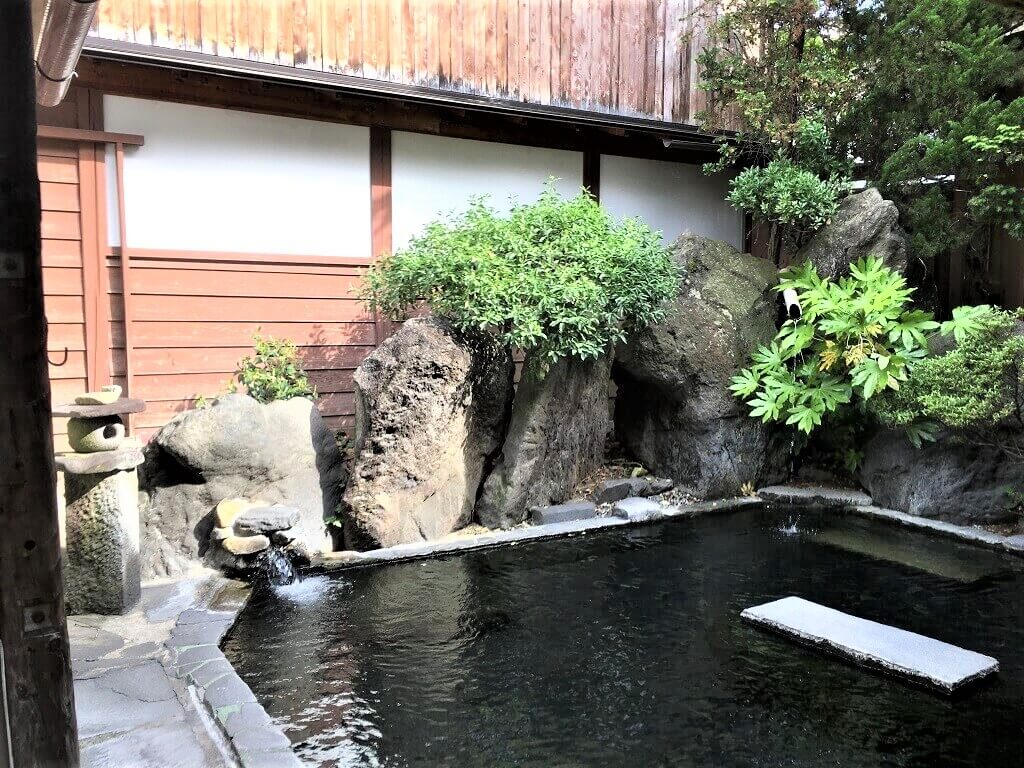
Don’t swim with the fishes. If you see a pretty pond with vegetation and large fish, don’t step inside, it is not the onsen. The ladies at one of the ryokan I visited asked me to mention this to my readers.
The fact that they made this request at all conjures up all sorts of situations. I prefer to think they were joking.
Bathe first. You go into a small bathing room first where you wash and rinse yourself before you go into the onsen. Generally, there are little stools where you sit and soap up, and shower hoses where you rinse.
The onsen is not meant for bathing, only for relaxing and soaking. So, don’t get in with a bar of soap and shampoo and start scrubbing. You should be squeaky clean before you get into the onsen.
Know the schedules for men and women. Many onsen ryokan offer both public and private baths. Some just have public baths with separate bathing times for men and women.
If a different time is more convenient for you and they are not busy, they will change the bath times to accommodate you.
Do not swim or splash. Again, it’s just for soaking.
Do not wear clothes. Throughout this process, you should be completely naked. Don’t show up in a bathing suit or in your underwear. Everyone else is naked, so you would really stand out if you had any clothing at all.
Bathers are going about their business, and nobody is paying attention to you. Do likewise.
It is acceptable to bring a washcloth into the onsen to wipe your brow from the heat. However, the cloth must never touch the water or be left on the edge of the bath. Instead, you should carry it folded on your head.
This is the only thing you should bring with you into an onsen.
Mind your own business. This is not a time for socializing. People expect quiet in an onsen and to be left to their own thoughts. Don’t turn to a fellow bather and start discussing the weather or how much you enjoy Japanese food.
Just pretend that others are not even there.
No pictures, please. Needless to say, don’t bring a camera in with you and start snapping photos for the folks back home…for obvious reasons.
No tattoos. If you have tattoos, it’s possible you won’t be allowed into an onsen. Or, you may be asked to cover your tattoos with tape provided by the onsen. In Japan, tattoos are associated with criminal gangs.
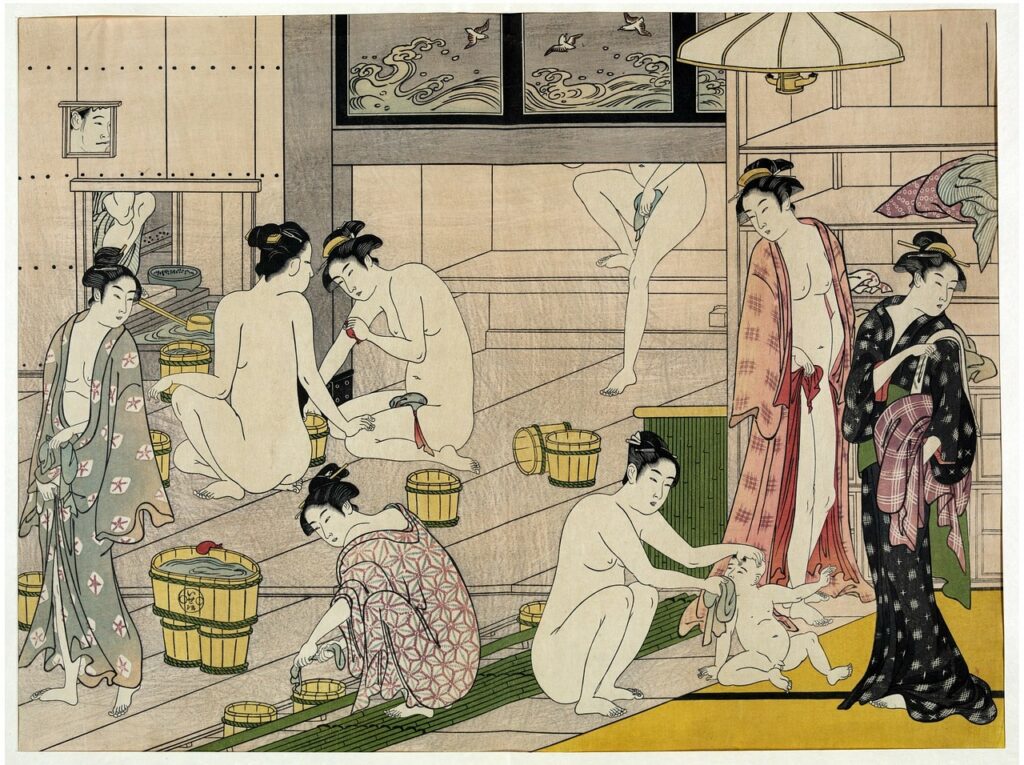
Top reasons to stay at an onsen ryokan
It’s good for your health. Natural hot springs are reputed to possess therapeutic properties and contribute to healthy skin.
“Taking the waters” at hot springs is an age-old tradition around the world. It’s just that the Japanese have elevated the practice to an art form. I can’t speak to the health claims, but relaxing in a hot tub in a beautiful setting is delightful.
Experience a sense of becoming one with nature. Many onsen ryokan are situated in the midst of beautiful natural scenery. Some are open air baths called “rotenburo” used all year round.
Soaking in a natural hot spring in the open air surrounded by nature is a unique Japanese experience that cleanses the body as well as the soul.
The amazing food. The meals at a ryokan are made with the freshest, high quality ingredients accenting the regional natural flavors. Many refer to these meals as “food art.”
The ambiance. Some still-operational ryokan have existed for centuries. In fact, there are several that have been designated cultural heritage sites.
The ryokan emphasizes a harmony between people and nature and its elements, rooms, gardens, onsen and food. All designed to encourage relaxation and serenity.
Top that off with the traditional, heartfelt, gracious Japanese service and you won’t want to leave.
Book an onsen experience. Enjoy yourself and take it all in. Absorb this beautiful culture, food, atmosphere and other cool things in Japan. A traditional Japanese onsen ryokan experience will stay with you for a long time.
Attend a tea ceremony for an ancient Japanese experience
Enjoy one of the great traditional Japanese arts by indulging in a tea ceremony. These tea ceremonies frequently take place in traditional tea houses or restaurants and generally feature green tea served in an elaborate Japanese tea ceremony sometimes accompanied by dance performances.
It is truly one of the classic experiences in Japanese.
Sleep in a capsule hotel
These uniquely Japanese sleeping accommodations were first made popular by Japanese businessmen who needed a place to sleep rather than commute hours back and forth form home to work.
Today, anyone can access one, and it is quite the Japanese experience. You should try it if only for one night. It certainly is not fancy digs but it is fit for purpose, and, surprisingly, not as claustrophobic as you would think.
You check in and get your own locker and pod number and slippers. There are blinds for privacy and some even have tiny TVs. This will make for a great story back home.
Book a capsule hotel in the vibrant Shinjuku District. Or check out the many others in Tokyo and all over Japan.
Visit the Ancient City of Takayama
While in Takayama in the Japanese Alps, have at least one “Hida beef” meal experience in one of the many fine restaurants. One sure-fire recommendation is “Le Midi” on the corner of Takayama’s main street.
The beef with rosemary dish was one of the best I’ve ever tasted…no, seriously. It was so good I wanted to stop total strangers on the street, put the food in front of them, and say, “Taste this!…Go ahead, taste it!
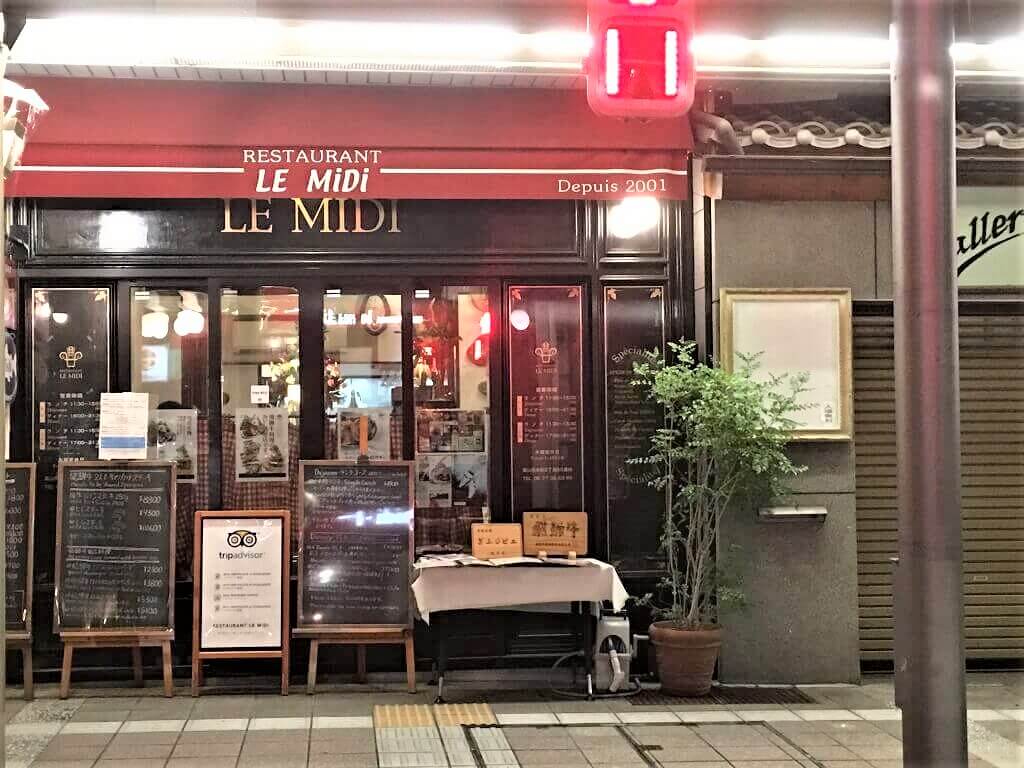
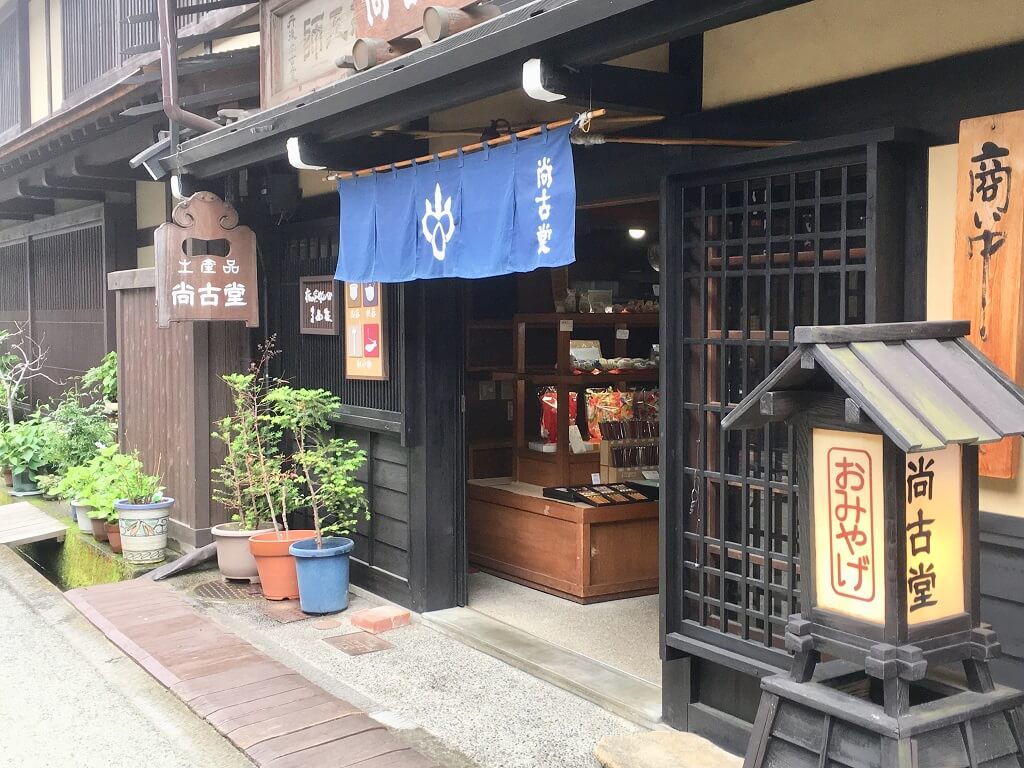
I posted the restaurant’s façade to Instagram and felt compelled to label it…”Is this the best restaurant in the world?”
Explore Okunoin Cemetery in Koya-san for a mystical Japanese experience
If you’re looking for the ultimate in unique experiences in Japan, this it it.
Okunoin is Japan’s oldest and most well-known necropolis. Located in the temple town of Koyo-san — the name means sacred mountain— this burial site is the final resting place of anywhere from 200 thousand to half a million souls.
Nobody is quite sure as the cemetery dates back almost 1200 years.
The Okunion Cemetery in Koya-san, Japan is one of the holiest places in Japan.
The adherents of Shingon Buddhism regard Koya-san as sacred because it houses the mausoleum of the religion’s founder, Kobo Daishi.
Kobo Daishi’s tomb lies at the center of the cemetery, surrounded by thousands of stupas or gravestones and tall cedars. Definitely one of the most fascinating cemeteries of the world.
The interior of the elaborate tomb is lit by thousands of lanterns which, according to legend, have been burning ever since the spiritual leader began meditating there over 1,000 years ago.
The followers of Shingon believe Kobo Daishi is still in the tomb in a state of deep meditation. Meals are lovingly and ritually prepared for him every day.
It is important for the religion’s followers to be within close proximity to their Kobo Daishi. As long as there is even a lock of hair in the cemetery, that will be enough to have a meaningful connection to Kobo Daishi and be among the first to greet the future Buddha upon his return to Earth.
The complex is so meaningful to Shingon adherents that it was named a UNESCO World Heritage Site in 2004.
Beyond the religious significance and sheer size of Okunoin cemetery, it is the headstones that stand out as especially fascinating.
In keeping with the tenants of Shingdon Buddhism, which values all creatures, there are monuments to insects erected by the pesticide company that exterminated them and memorials to enemies of Japan killed in wars over the years..
The place is interesting enough during the day. But at night this vast necropolis becomes ghostly yet somehow beautiful, making night the best time to visit.
The lights from the stone lanterns begin to flicker on at dusk, emitting a ghostly yellow light that casts shadows among the moss-covered tombstones. Eerie sounds from screeching flying squirrels and night owls add to the otherworldly atmosphere.
The resident monks give tours in English and answer questions from the tour groups. One question that the monks will tell you everyone asks, concerns the little statues with red woven hats and aprons seen all over the cemetery.
These are the Jizo Bosatsu, stone figurines that represent spiritual beings who strive for the enlightenment of all creatures, not just themselves. They may appear cute and quaint, but they have a sad story to tell.
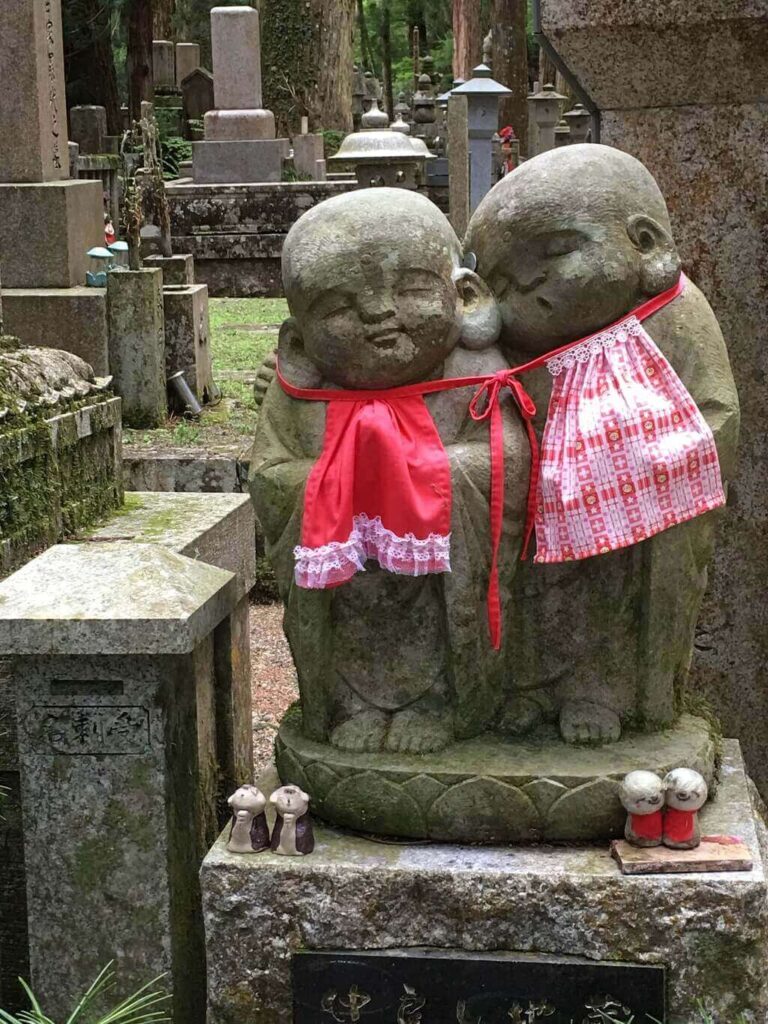
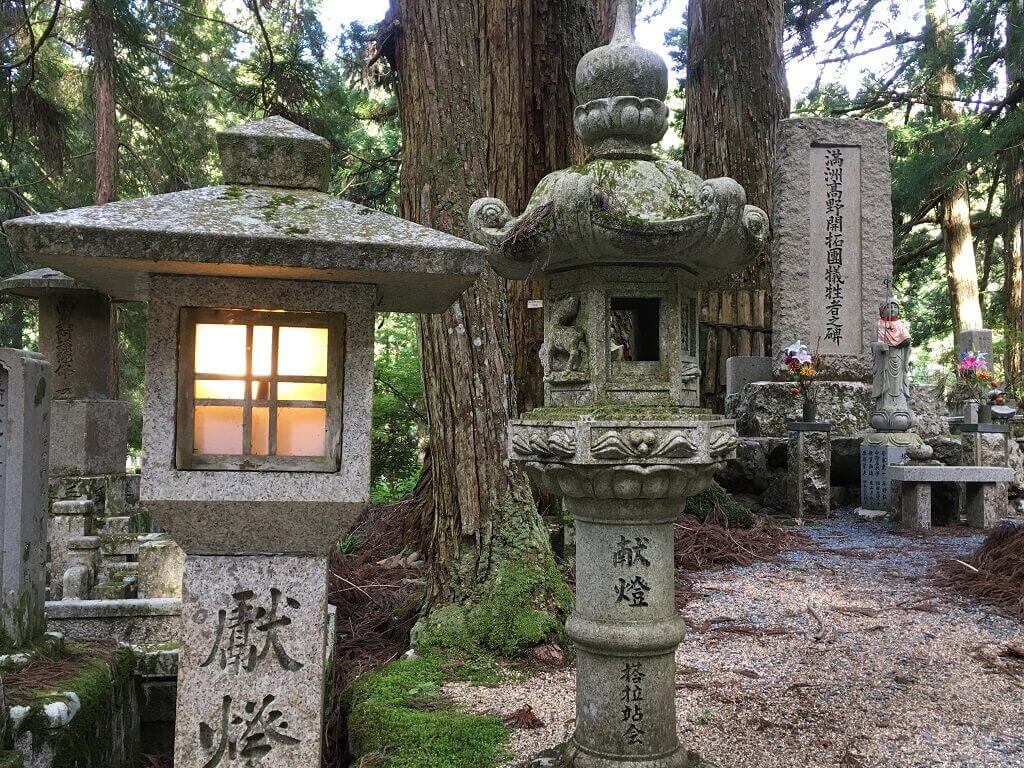
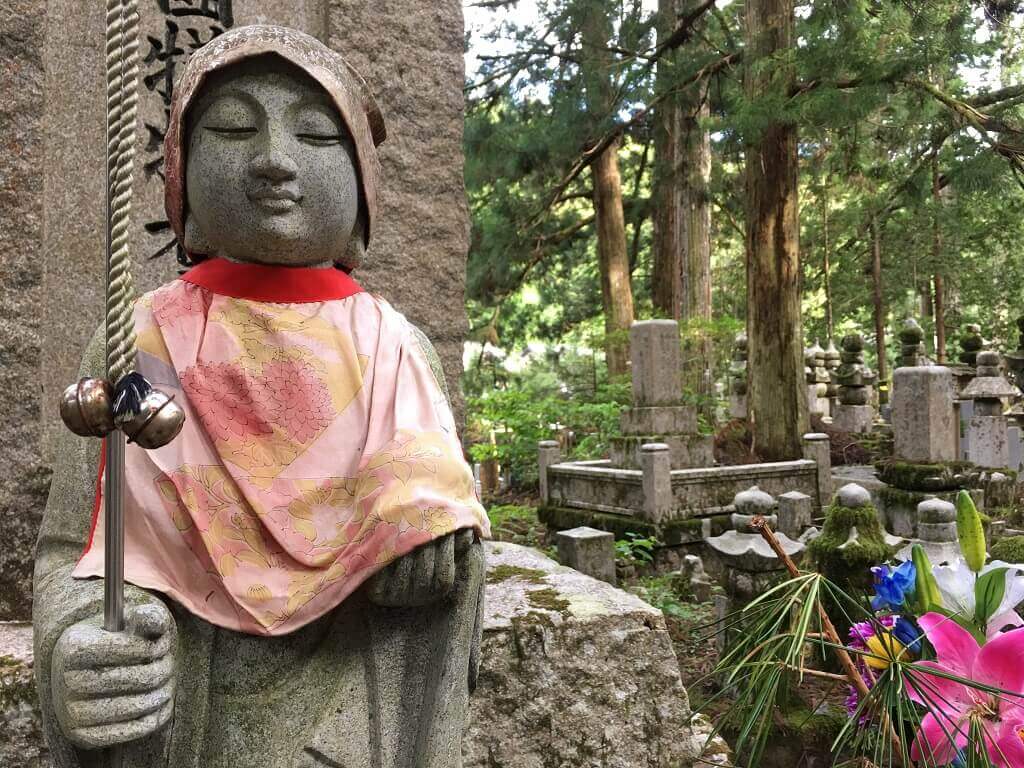
These small, child-like figurines represent the Jizo Bosatsu that protect the souls of children who left the earth before their time.
To ensure the spirits are warm and cozy in the chilly, mountain nights, most are given simple woolen hats and bibs or aprons. Others can sport elaborate capes, makeup and lipstick.
The sight of hundreds of these stone figurines clad in children’s clothing in a cemetery setting at dusk is downright gripping.
Night tours to Okunoin Cemetery can be booked at tourist information desks around town or online at about 1800 yen but admission to the cemetery is free.
This makes the tour one of the best Japan experiences that won’t break the bank. The tours begin at the entrance to the cemetery and end at the mausoleum of Kobo Daishi where the 90 minute tour ends.
This is one of Japan’s hidden gems full of rich history and secret places. You will have a memorable experience.
Getting to Koya-san does take a bit of time and effort since it is on a mountaintop in a fairly remote location. You’ll need to take one of the cable cars. However, it is almost impossible to get lost in Japan.
Instructions are also in English and the Japanese people are very helpful.
How to get to Koya-san
Take the Nankai Electric Railway from Namba Station in Osaka. This will take you to Gokurakubashi at the base of the mountain.
In Gokurakubashi you must take one of the cable cars up the mountain for about another 10 minutes. Get a window seat because it is a beautiful ride. The cable car will deposit you at the cable car station where you can catch the bus to Okunoin.
The bus ride takes 20 minutes and costs 410 yen from the cable car station. The bus stop is at the entrance of the cemetery.
Japan, not only a mega-busy country that thrives on electronics and efficiency, it actually has an almost sacred appreciation of nation. One must travel outside of Tokyo to truly experience the ‘old Japan’ and more importantly, feel it.
Stay in a Japanese temple
The best place to sleep in a temple is in the holy city of Koyo-san. Koya-san is a bucolic mountain town about 100 km south of Osaka. It is a UNESCO World Heritage site with over 120 temples, some of which allow overnight guests.
I stayed at the Shojoshin-in Temple, which was conveniently located next to the Okunoin Cemetery.
Accommodations are comfortable in traditional Japanese style with tatami mat rooms. The surprisingly delicious Japanese cuisine is vegetarian and served by monks.
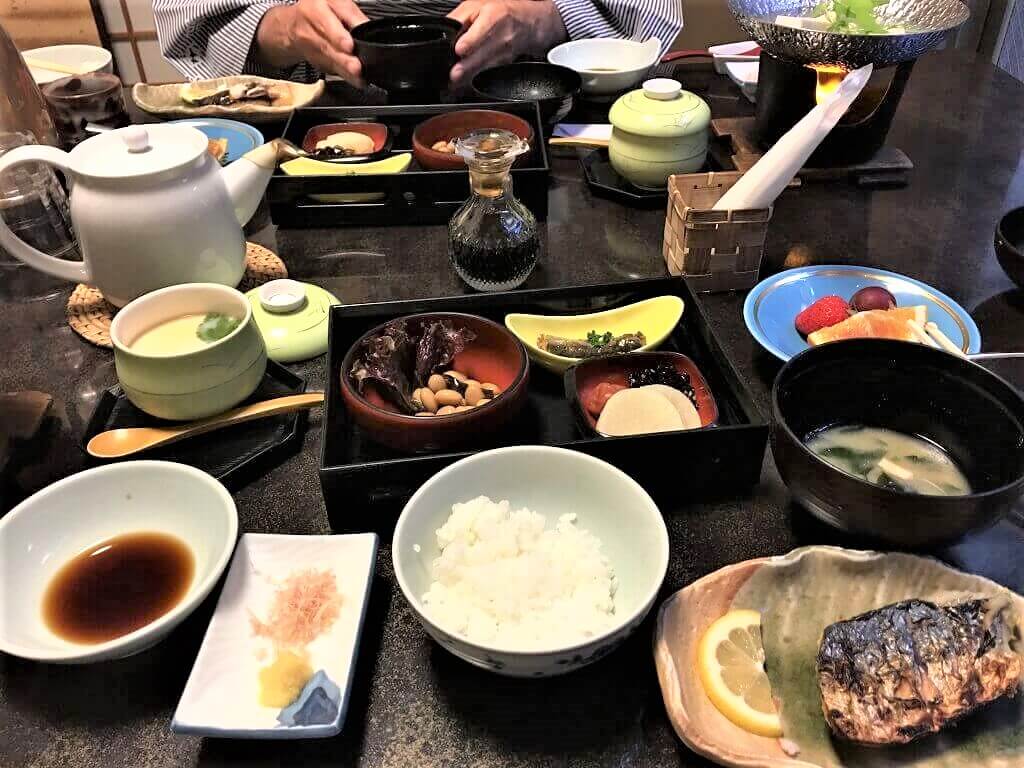
The meals are ample starting with miso soup all the way up to a tasty dessert. Guests are expected to attend morning prayer services at 6:30 AM which was pleasant and interesting. A Japanese temple stay is an experience you won’t forget!
Commune with deer in Nara Deer Park
Admire the tame deer at Nara Park, one of Japan’s most beautiful places. We tend to think of deer as timid, skittish creatures, shy little Bambis that will bolt at the sound of footsteps. Not so the bold deer of Nara.
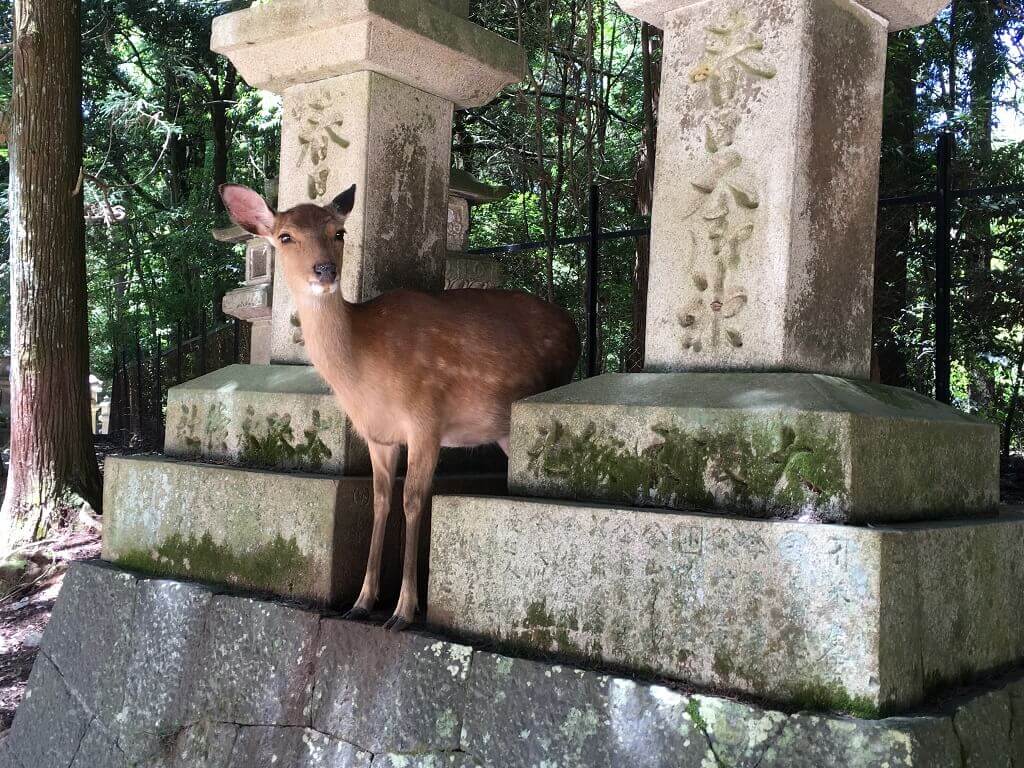
These guys will come at you aggressively, like Tasmanian devils, if they think you have food.
Read a detailed description of Nara and the deer park here.
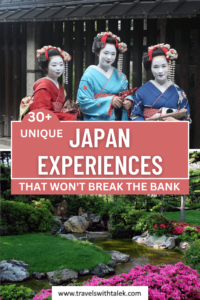
Sample sake ice cream
For one of the tastier unique Japanese experiences, sample sake ice cream – about 250 yen – or any other of the many unusual ice cream flavors. Here is the definitive report on Japanese ice cream.
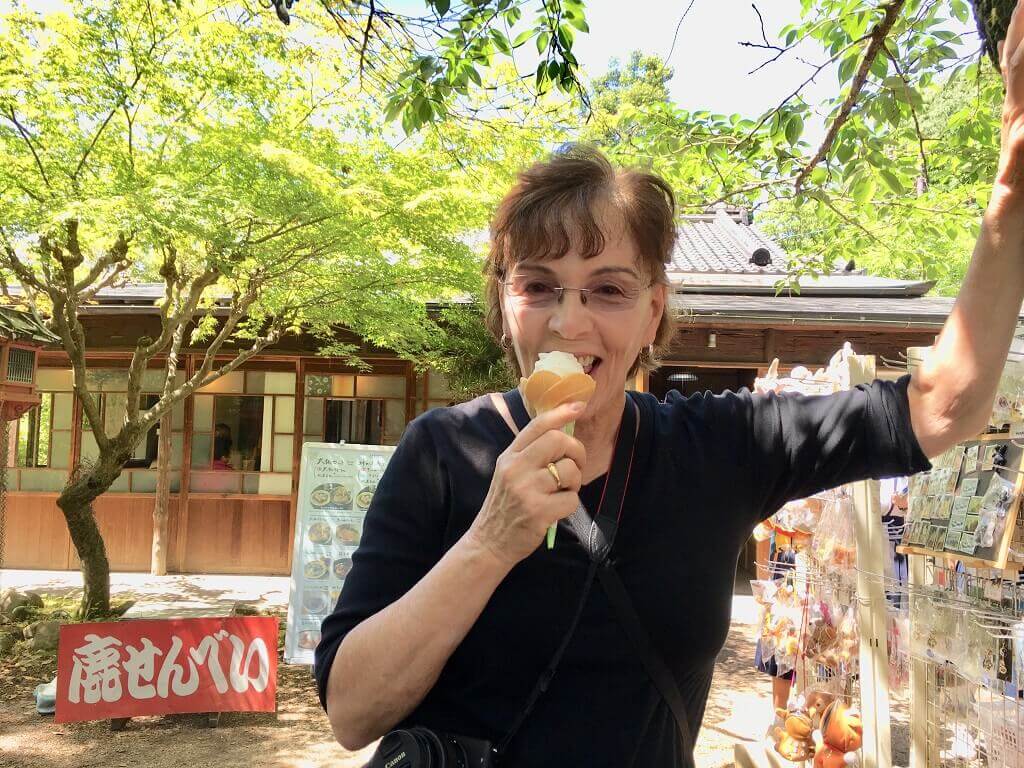
If you have a sweet tooth, Japan is your Nirvana. Each area of the country has its own regional pastry specialty. It’s fun to try different ones and compare them.
Enjoy a Meal of Kobe beef in Kobe
You will find incredibly tender beef in the international coastal city of Kobe. Taste for yourself what all the hype is about.
A really nice lunch experience for two at one of the many restaurants specializing in Kobe beef will run you about 8,000 to 10,000 yen depending on drinks.
Kobe beef is famous worldwide and sampling it in Kobe is about as Japanese of an experience as you can get.
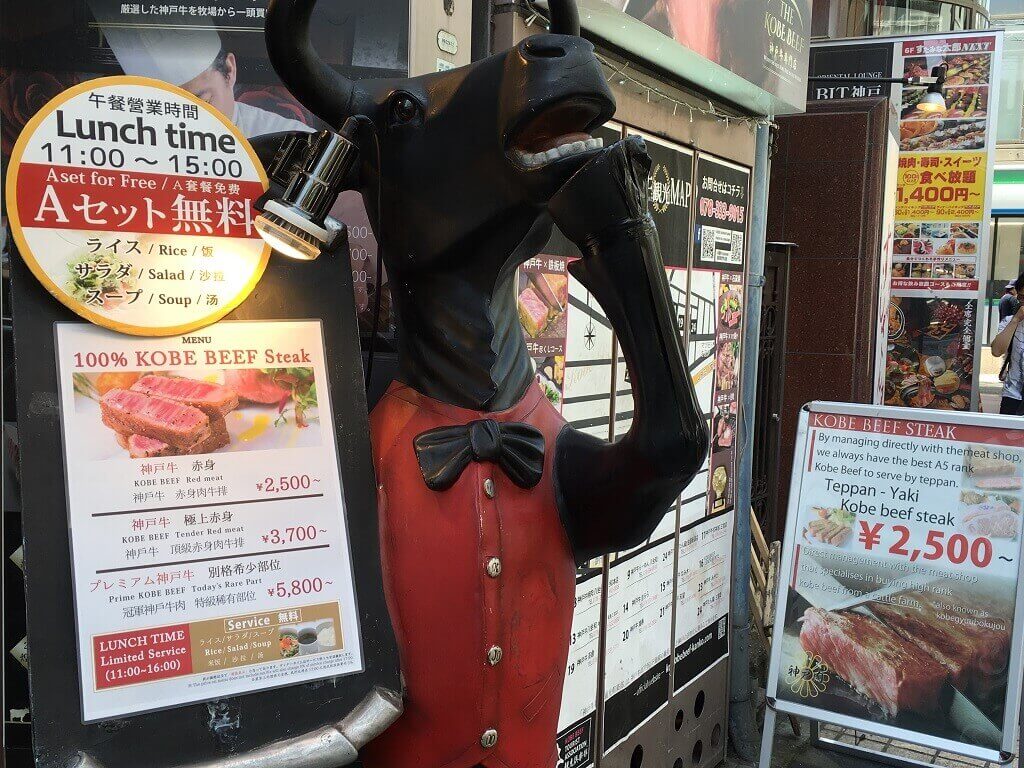
Check out cool places to stay in Kobe.
Treat yourself to a sushi meal
Ah…sushi. No matter how good the sushi you’ve had elsewhere, nothing beats a nice leisurely sushi dinner in Japan.
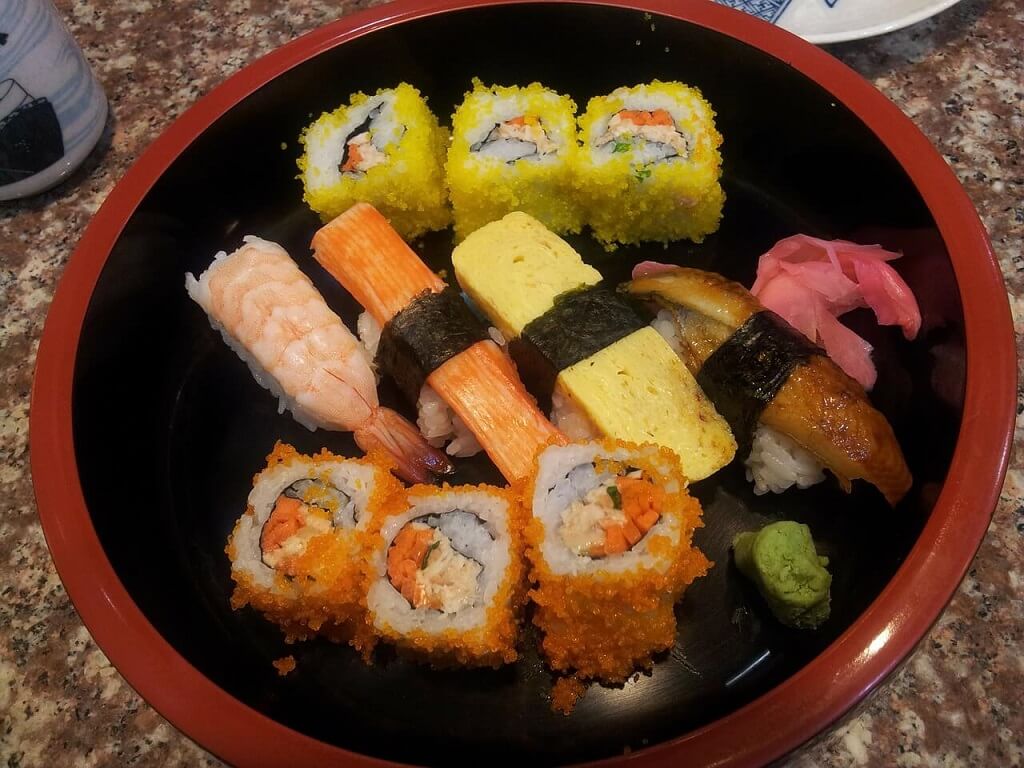
Try to have at least a couple of fancy sushi meals while visiting Japan. For a less formal dining experience, grab a snack at the local 7-11. These convenience stores are not like the ones in the West. The food, including sushi, is surprisingly good and consistently fresh.
Karaoke Your Heart Out
Here is one of Japan’s best hidden gems. Visit any one of Japan’s’ karaoke parlors for one of the most fun and tacky experiences in Japan. Big Echo is one national chain we frequented in various cities but there are many to choose from.
These are found in amusement centers and are identified with garish signs in both English and Japanese. They tend to be on the upper floors of buildings.
Here is how it works. You walk in and tell the receptionist how many people will participate, how much time you want and what you would like to eat and drink, which you can choose from a menu.
You can purchase time increments of half hours for about 700 yen. You must order at least one drink. They will assign you a small room with seating, a large screen and a computer tablet from which to select your songs. There are selections in multiple languages.
The English language section we chose from had about 9 out of the 10 songs we wanted, so you are bound to find most of the songs you want. Press “play” on the tablet and start singing your heart out shamelessly. The words will appear on the screen.
The booths are sound-proof so no one but you and your group will hear. Make sure to video the performances so you can have a good laugh at yourself later. Karaoke is one of the coolest things to do in Japan.
Japan never considers time together as time wasted. Rather, it is time invested.
Use a Japanese toilet
One thing you will not be able to avoid during your visit to Japan is to use a Japanese toilet. I hesitate to make such a big deal over a Japanese toilet but, once you figure out how to use one, it is pretty cool. Use it and you be the judge.
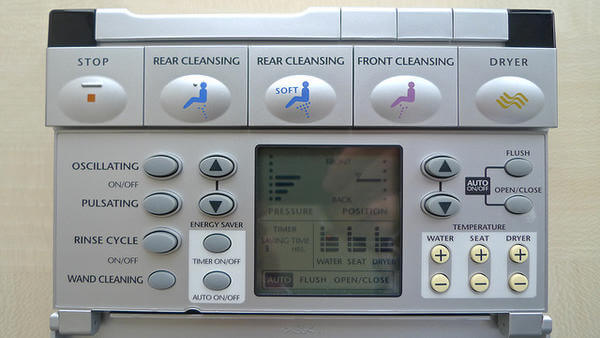
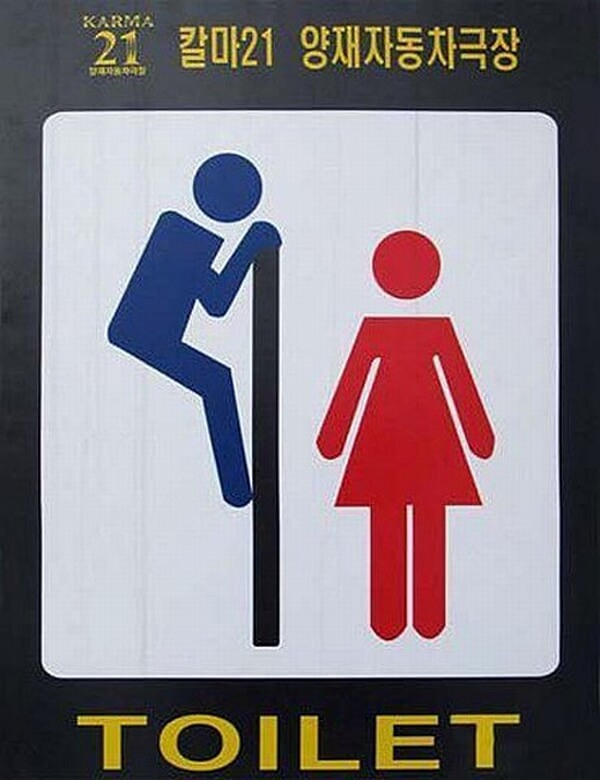
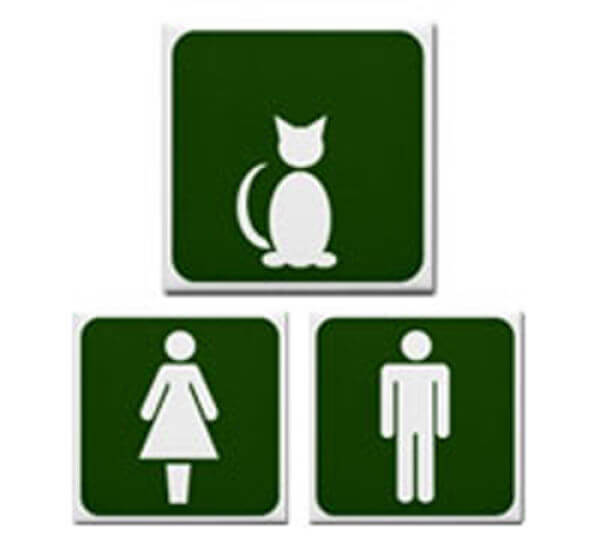
The Japanese seem to have a sense of humor with their bathroom signs. You will find many amusing ones on you travels.
Want to know more about this unique Japan experience? Learn why the Japanese toilet is in a class by itself.
Chill with Japan’s #1 Natural Resource
The ultimate in unique Japanese experiences is to chill with Japan’s #1 natural resource, its people! This is the best way to get to know this remarkable island country.
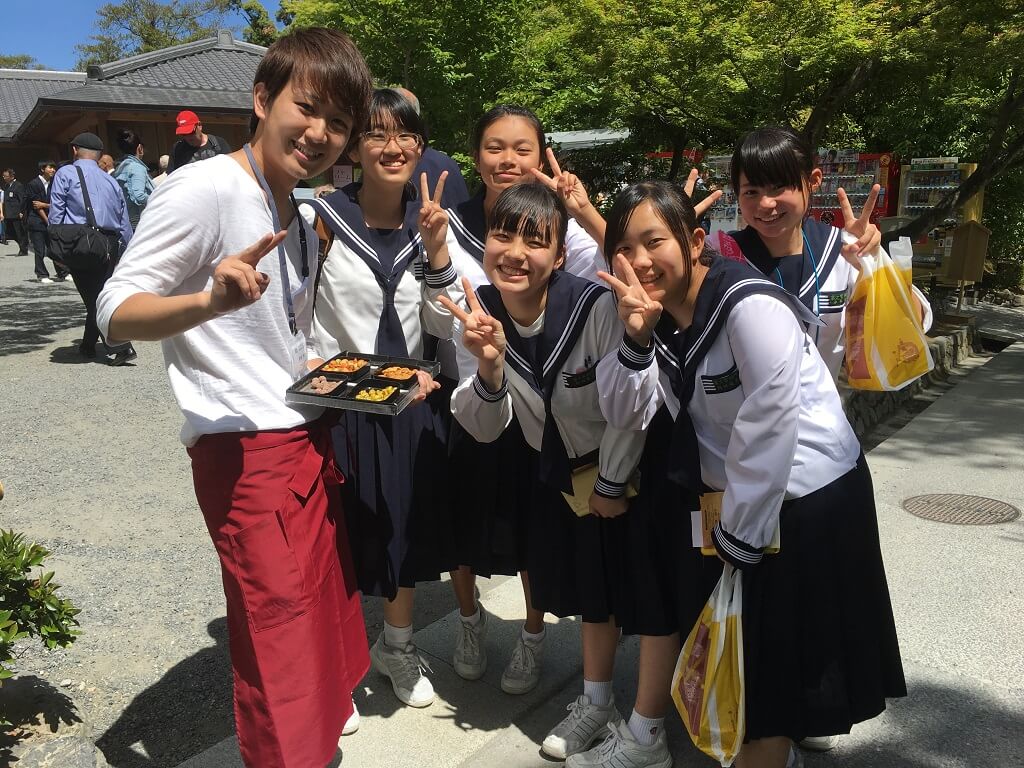
Don’t forget your Japan Rail Pass
Get your Japan Rail Pass, the single most efficient way to travel all over Japan. Getting around Japan is easy, but with the JR Pass it is both easy and cheaper. The JR pass provides for unlimited travel. Just flash your pass and you’re in.
So, plot your ideal travel itinerary, grab your JR pass and hop on the bullet train to any of the Japanese cities in this magical island nation. Public transport in Japan is the perfect travel solution. Efficient, economical, comfortable and fun.
And here’s a 2 week itinerary for Japan if you’re looking to plan a longer trip and need some ideas.
Honorable mention
Get close to the snow monkeys of Jigokudani Snow Monkey Park.
The snow monkey can be found in several parks in Japan. The ones in Jigokudani in Nagano Prefecture, seem to be the most famous. The park is located in Yamanouchi, about a 3 hour train ride from Tokyo.
The park is open year round. You’ll get a very close up view of the monkeys and their antics whenever you go. If you go in winter, keep in mind that it is very snowy and the trail can be a bit treacherous. This is also the best time to get a photo of the monkeys frolicking and relaxing in the thermal waters.
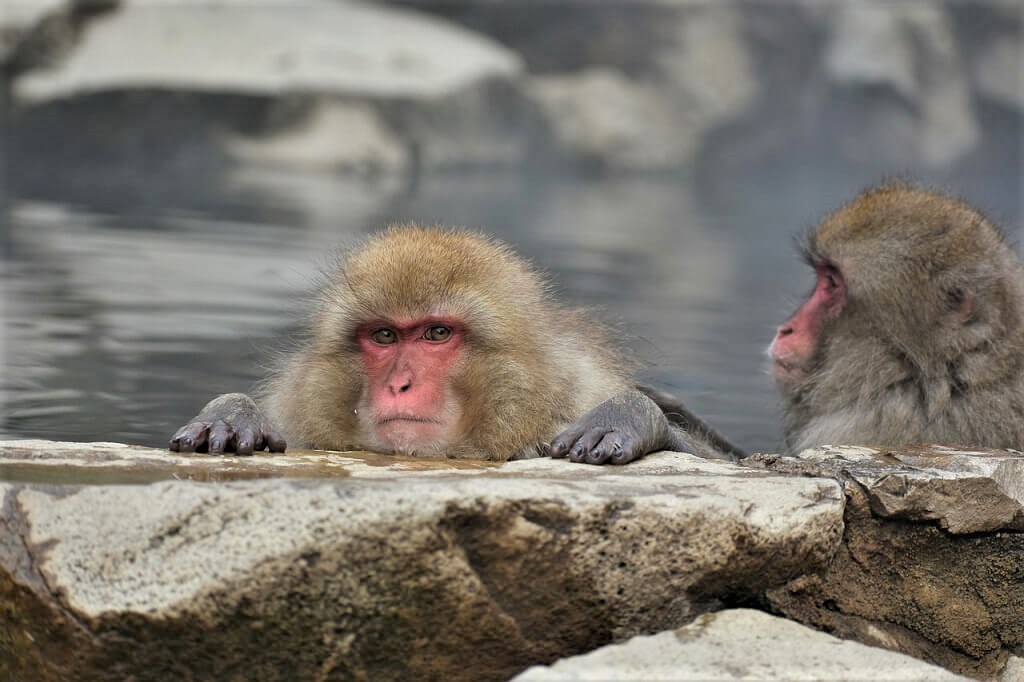
Walk through the Fushimi Inarii shrine gate.
This amazingly symmetrical gate is the most important of the many shrines in the area of Southern Kyoto dedicated to the Shinto god of rice. The gates lead to beautiful hikes in the mountainous forest area.
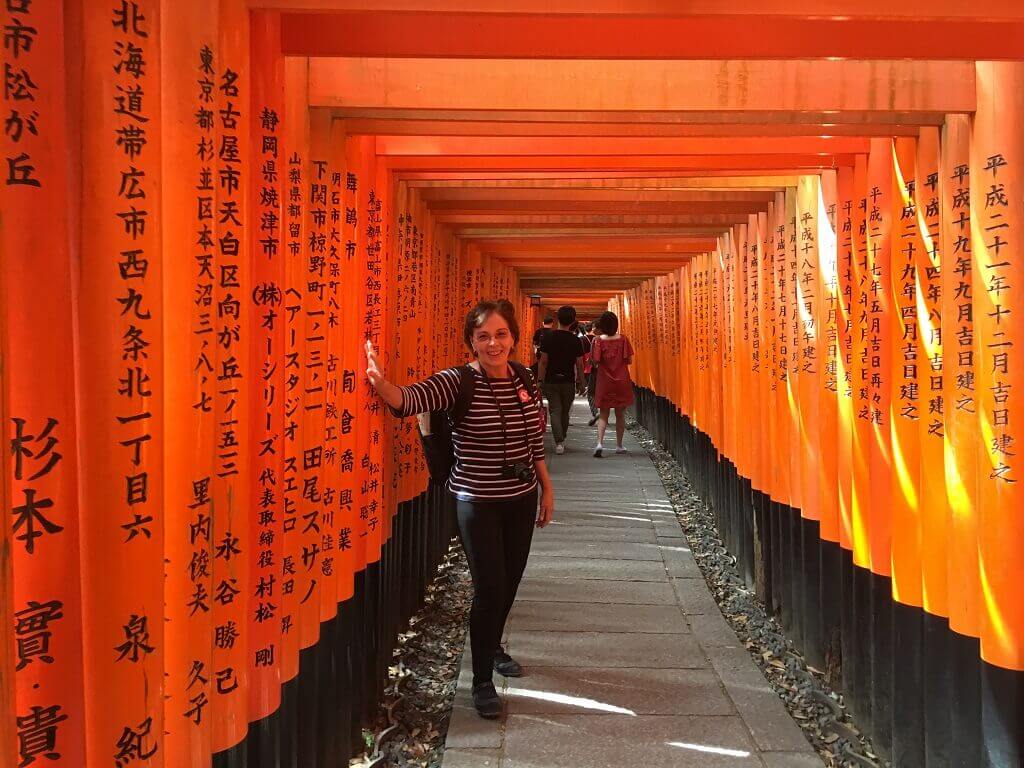
Go neon-silly in Osaka’s Dontonbori District.
Times Square has noting on Osaka’s Dontonbori District. The area is packed with massive neon billboards advertising every imaginable product. Giant mechanical crab robots wave their claws atop a seafood restaurant enticing you to enter.
A massive plastic cow points and winks engagingly to a beef restaurant.
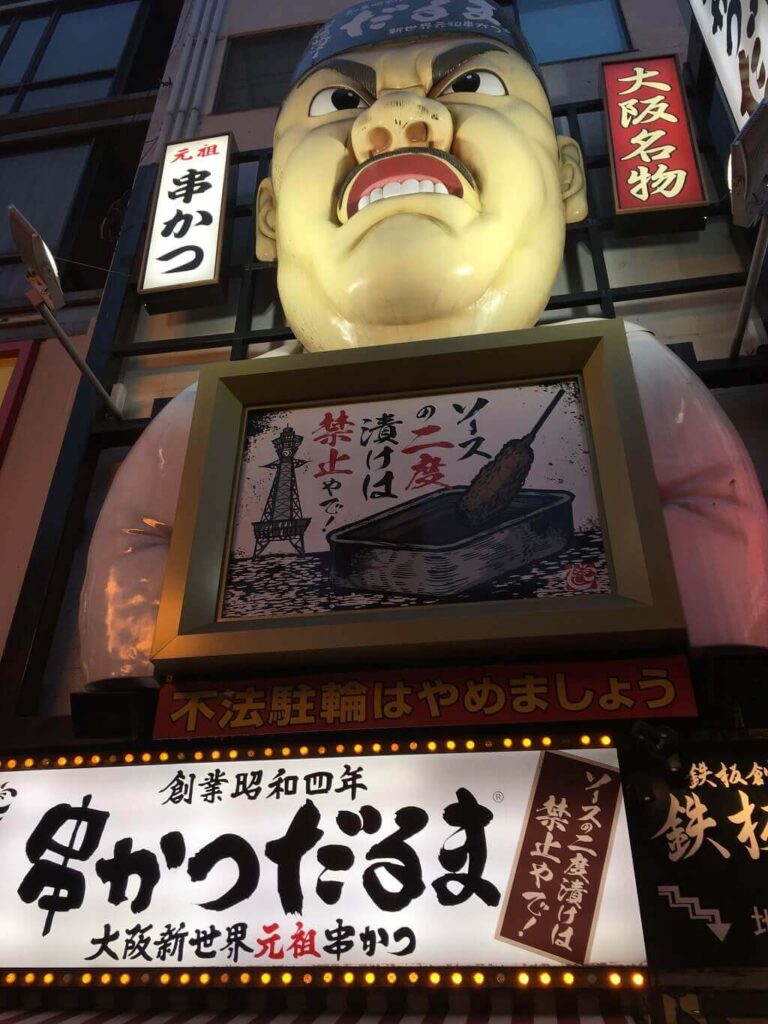
The steady ding-ding-ding of the many pachinko parlors and arcades competes with food hawkers for the attention of the passersby.
Loud, wonderfully tacky, colorful, and frenetic, this Japanese entertainment center swarms with humanity determined to have a great night out on the town.
Spot a geisha in Kyoto’s Gion District.
In recent years spotting geishas in Gion has become a thing. The geishas are not too happy with tourists following them around to take a photo while they’re on the way to an appointment.
Imagine if Japanese tourists followed YOU around with a camera while you were walking to your office or other job. Still the geisha are beautiful to see in their full regalia. Just don’t stalk them.
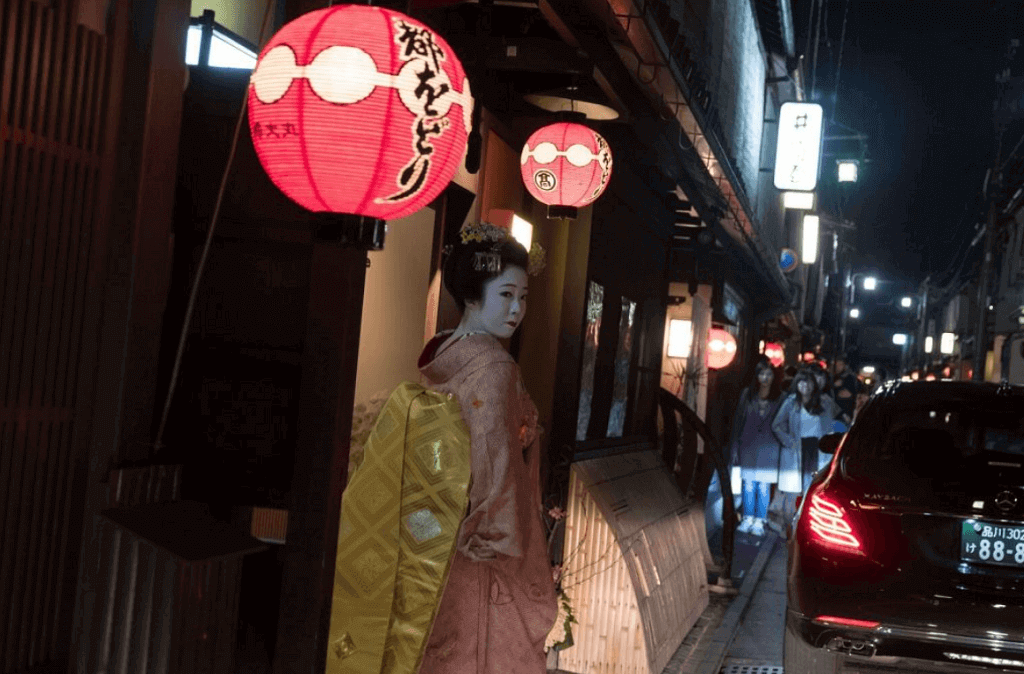
Visit the Peace Museum in Hiroshima.
This is more than a museum. It’s a complex that includes several museums dedicated to the explanation of the effects of the atomic bomb drop on the city.
You’ll hear survivor testimony and see the remains of some of their personal belongings. There are special exhibits, a lovely garden, a memorial park and the imposing remains of many structures.
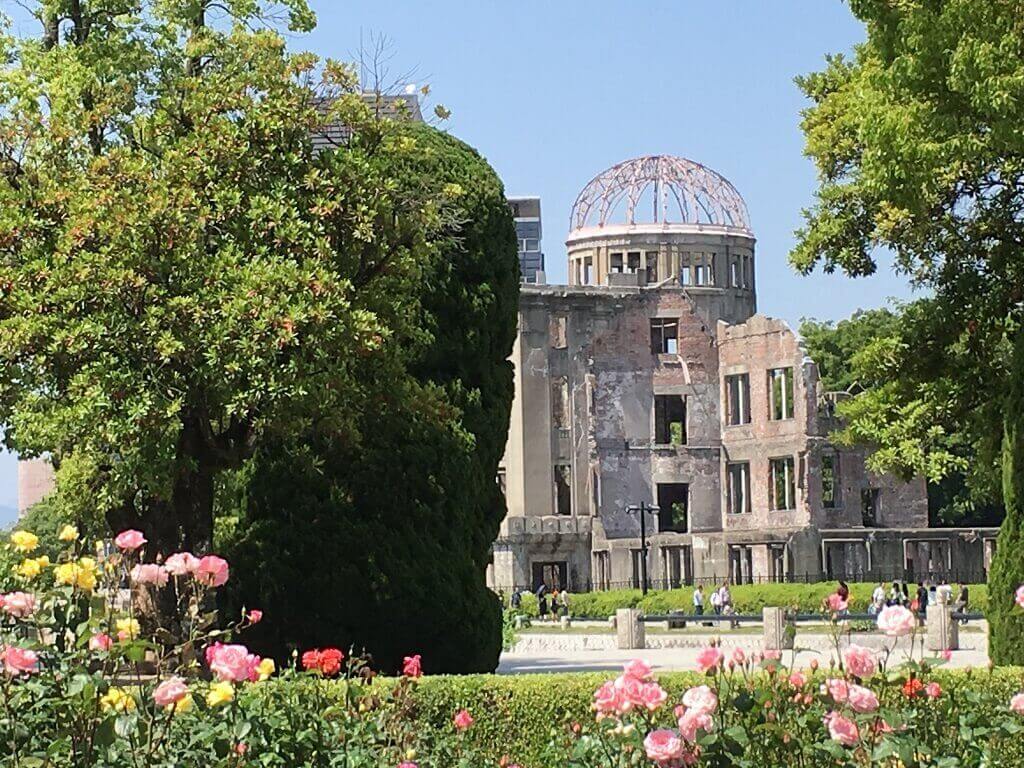
The iconic Hiroshima Peace Memorial or Genbaku Dome is as imposing as it is shocking. The horror of that event, as exemplified by the dome’s destruction, is unimaginable. The museum is tough to see but should be visited by anyone who visits Japan. It will be the most moving of all your experiences in Japan
See the Miyajima Torii at different times a day as the tide rises and falls.
Less than an hour away from Hiroshima is Miyajima island with its centuries old temple.
The star attraction of the island, set apart on the bay, is the 1400 year-old Miyajima Torii, or gate. Important to the Shinto religion, this gate is where parents bring their newborns to give thanks for a healthy child. Similar to a christening.
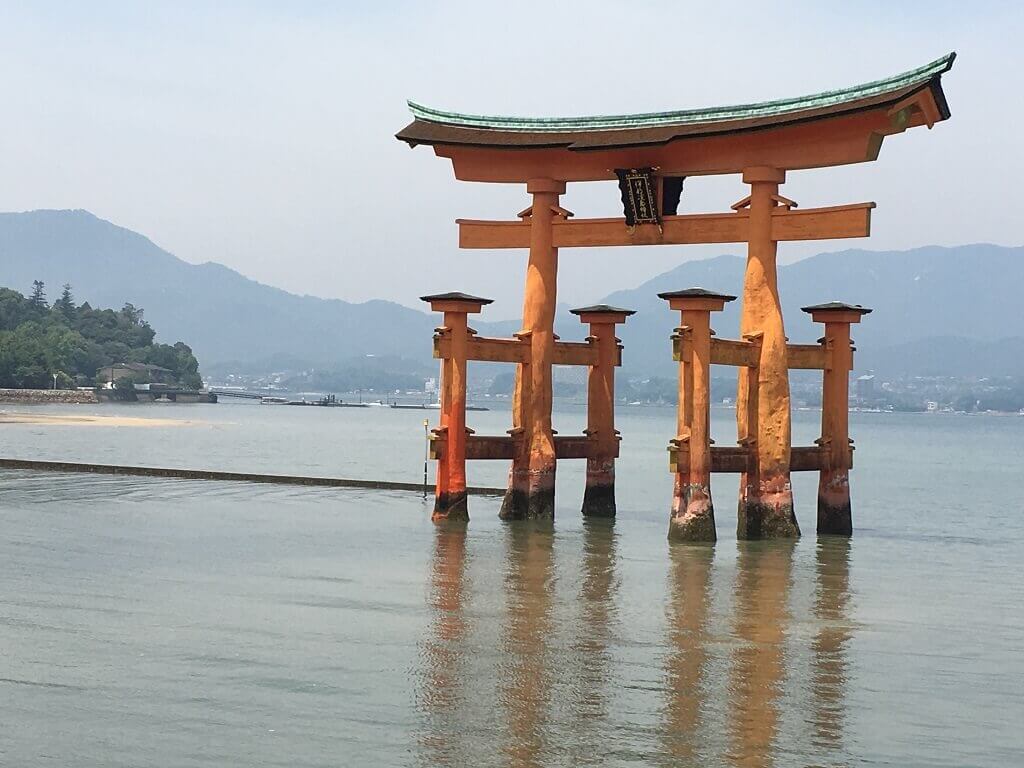
The torii was built with a very specific architectural objective in mind. When the tide falls, one can walk to the torii. When it raises, it looks like a mirage floating on the water.
Photograph Kyoto’s Golden Pavilion as the sun reflects the golden light.
This is one of the most magnificent architectural marvels ever created – in my humble opinion.
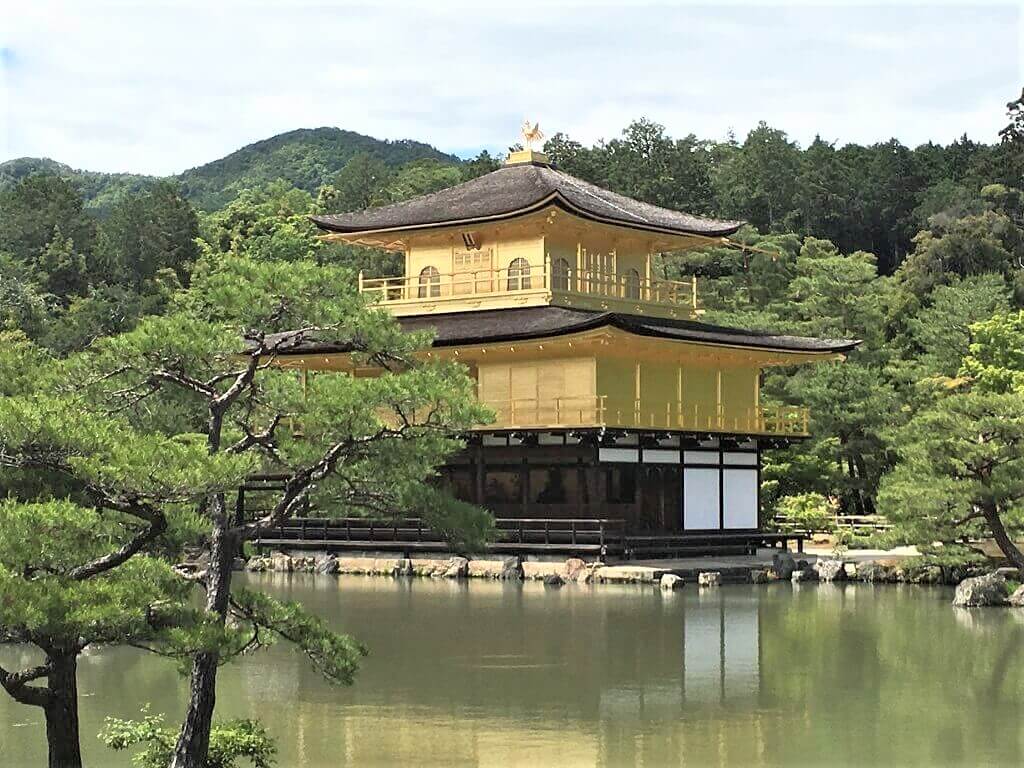
Officially named Rokuon-ji, or Deer Garden Temple, this is one of the 17 National Historic Sites that make up the Monuments of Kyoto, which are World Heritage Sites. If you’re going to photograph it, try to do so early in the morning or in the early evening; the golden hour for the golden Pavilion.
Attend a sumo wrestling match
The ancient sport of sumo wrestling is very popular in Japan. The match is steeped in traditions rooted in the Shinto religion and has many rules and customs.
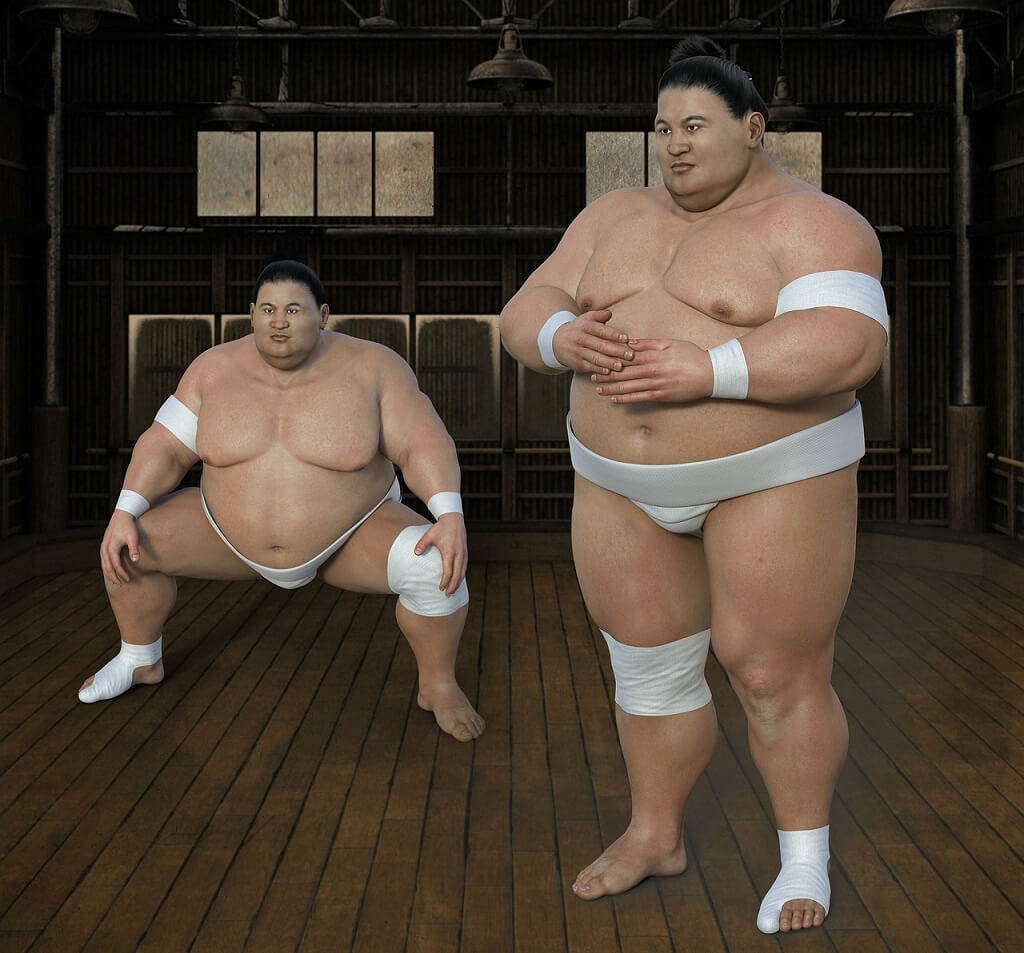
Witnessing a bout as a spectator is one of the more unique experiences in Japan you can’t do elsewhere. Getting tickets is easy and not too expensive. Try to make time to see this uniquely Japanese competition.
Which of the many unique experiences in Japan is your favorite?
Stock up on Japan related literature, history and travel guides before you go.
Did we miss one of the most unique experience in Japan? Let us know in the comments.
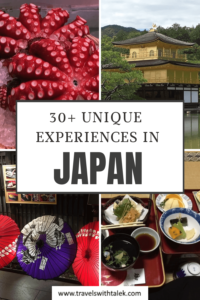
BTW, if you are getting ready for your trip, make sure to take advantage of these useful, money-saving links to book your trip:
- Research and book your flight with Skyscanner. I have found them to be the best because they list all airlines including the budget ones. You are always sure of having researched all options.
- For car rental around the world, Discover Cars has flexible pickup and drop-off options, I recommend Discover Cars.
- Book your accommodation with Booking.com. I find they have a wide selection and a nice, user-friendly, transparent website.
- Protect your trip and, more importantly, protect yourself with travel insurance. I use Travelinsurance.com and have been very happy with them.
- Looking for a small group tour to unforgettable destinations with top professionals? Intrepid Travel is your choice.
- For more general tours to any destination or attraction, book with Viator. Check them out.
- Need a visa? Get your visa for all countries with Passport Visa Express.
- Looking for a cool walking tour to explore a city? My favorite walking tours are offered by Take Walks.
- Food and drink tours are the best way to enjoy a city. And Devour Tours are my favorite.
- Looking for a good VPN to protect your security, privacy and freedom online while traveling? Nordvpn is your best option.
- The best and most economical way to stay connected while traveling is with an Airalo eSIM.
I personally use, and can recommend, all the companies listed here and elsewhere on my blog. By booking through these sites, the small commission we earn – at no cost to you – helps us maintain this site so we can continue to offer our readers valuable travel tips and advice.








